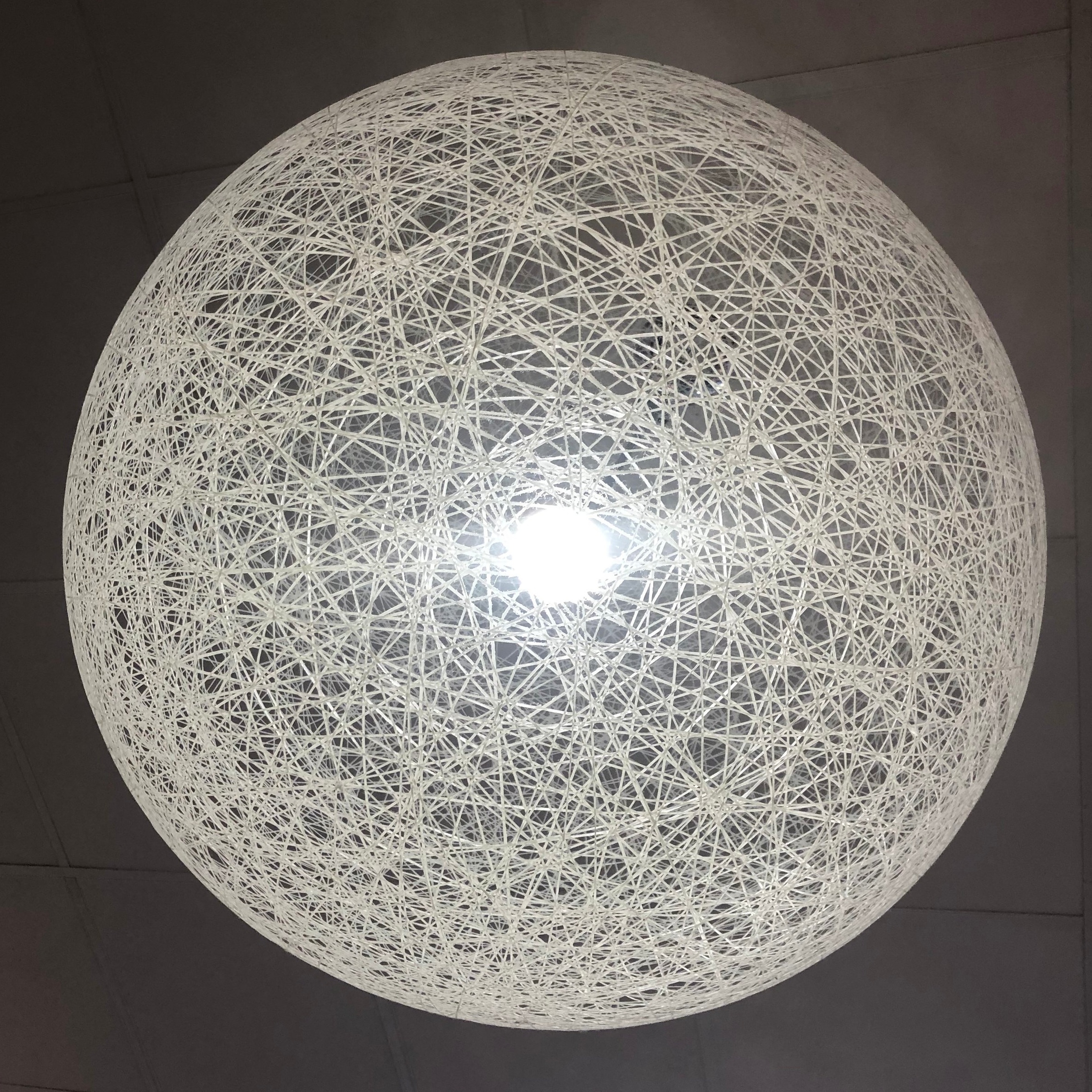“The specific aims should provide a conceptual framework of your proposal, so it’s a perfect roadmap as you write the rest of your proposal…equally important, your specific aims document must empower the reviewers with all the necessary information to fund your project… the specific aims document is one of the most important documents of your proposal”
— Dr. Crystal Botham
If you don’t have a lot time and want to quickly learn the details of how to technically write and structure your specific aims, then I would definitely recommend watching “Writing your specific aims” by Dr. Crystal Botham available on Stanford University’s Grant Writing Academy website. The video is a short 12 minutes and efficiently guides you through the process. As always, I’ve included some of my notes below.
Dr. Botham beautifully breaks down the Specific Aims writing process, dividing the task of writing this very important document into four digestible pieces. A majority of the video is spent describing in detail what each of these four sections should contain and how these sections can be written up by addressing a small set of questions.
Section #1: Introduction of the large overlying problem
Questions — Is the research question important? Is there an important gap in your field that is holding your field back?
Content — The introduction must grab the attention of the reviewers and directly address the mission of the funding source. This section also includes a large overlying problem in the form of a knowledge gap or unmet needs statement.
Section #2: Introduction of the sub-problem
Question — What is the overall goal of your proposal?
Content — This second paragraph is like a funnel, where you transition from the big knowledge gap (that you presented in the first paragraph, above) to the specific aims (that you will present in the third paragraph, below). This second paragraph will introduce the sub-problem, a component of the larger overlying problem that the applicant will propose to solve in their grant.
Section #3: Specific Aims
Question — What will specifically be done?
Content — This is the specific aims. Dr. Botham notes that the applicant should include broad aims that are achievable regardless of how the hypothesis tests. This section should also briefly include the methods that will be used to test the hypothesis.
Section #4: Conclusion and payoff
Question — What is the expected outcome and impact of the proposed work?
Content — A brief, but well written conclusion that addresses the expected payoff of the project. Dr. Botham mentions that the conclusion should again address the mission of the funding agency and directly address what the return on the investment (aka. the applicant) will bring to the funding agency.
All in all a great formula for writing your Specific Aims.
For additional resources, check out the Grant Writing Academy website.
Happy writing.
